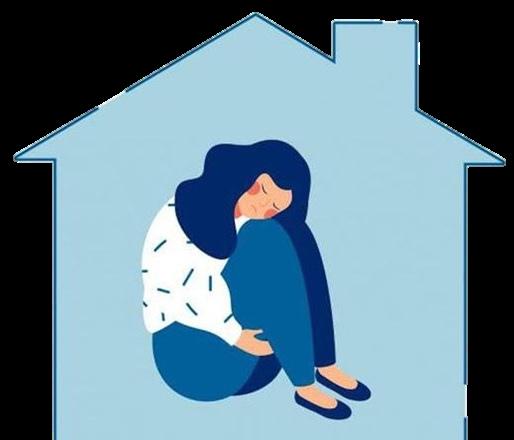
3 minute read
Pandemic Reflection: association of mental health with infection by Sars-Cov-2
[5]. Huang, Y., Chapman, J., Deng, Y., & Cozzolino, D. Rapid measurement of microplastic contamination in chicken meat by mid infrared spectroscopy and chemometrics: A feasibility study. Food Control. 2019, 107187. doi:10.1016/j.foodcont.2020.107187
[6]. Kutralam-Muniasamy, G., Pérez-Guevara, F., Elizalde-Martínez, I., & Shruti, V. C. Branded milks – Are they immune from microplastics contamination? Sci Total Environ. 2020, 136823. doi:10.1016/j.scitotenv.2020.136823
Advertisement
[7]. World Health Organization. Microplastics in Drinking‐Water; 2019. Accessed on 26 Feb 2021. Available online: https://www.who.int/water _ sanitation _ health/publications/microplastics‐in‐drinkig‐water/en/
[8]. Ragusa A et al.; Plasticenta: First evidence of microplastics in human placenta. Environ Int. 2021, 146:106274. doi: 10.1016/j.envint.
[9]. Schwabl, Philipp et al.; Detection of Various Microplastics in Human Stool: A Prospective Case Series. Ann of Intern Med. 2019, 171. doi: 10.7326/M19-0618.
F e b . d e 2 0 2 0 | V o l . 8
The world is currently facing the pandemic COVID-19 with a coronavirus, SARS-CoV-2, causing strong physical and psychological pressure in the medical and multi-professional staff.
The pandemic had several impacts on the mental health of the population, contributing to the emotional imbalance, insecurity, and conditions for the anxiety disorder due to the concerns witnessed (RUBIN and WESSELY, 2020).
The fear of becoming newly infected has led to psychological trauma, as well as the spread of the media, intensifying hopeless news about the number of deaths, unavailable beds, and overcrowding in hospitals. (RUBIN and WESSELY, 2020). Psychological and physical vulnerability indicators have shown that anxiety persists in the post-confinement period, such as posttraumatic stress conditions.
The purpose of this article is to analyze the global impact of the pandemic on the mental system health of health professionals and the general population. A literature review was carried out on the mental health of health professionals and the global population, affected by the coronavirus pandemic.
The databases Pubmed, Medline, Latin American Caribbean Literature in Health Sciences (LILACS), and SCIELO were used, and the descriptors contemplated in Health Sciences (DeCs) were used for the search:
“COVID 19, Mental health, pandemic, health professionals ” .
Articles published between 2019 and 2020 were selected. In one analyzed clinical case, the patient had sequela 28 days after onset of the disease, the patient demonstrated the presence of the virus in the brain, in addition to neuronal necrosis and edema. Despite the studies addressed on its action in the CNS, the manifestations can occur in isolated cases in SARS-CoV patients (RAONY et al. 2020).
F e b . d e 2 0 2 0 | V o l . 8

According to TORALES and VENTRIGLIO (2020), the prevalence of posttraumatic stress disorder was analyzed in a study in which, of the 714 patients who had COVID-19, about 96.2% had this condition. In a study of about 144 patients who also had COVID-19, about 34.72% and 28.47% demonstrated symptoms of anxiety and depression. Some of the existing factors for increasing the risk of developing such conditions are being female, low socioeconomic status, interpersonal conflicts, lower resilience, and social support, among others. (TORALES and VENTRIGLIO, 2020).
Global mental health measures should be employed to address psychosocial stressors, fear, and vulnerability. An immediate response should include a focus on the impact on the mental health of patients and healthcare professionals in general.
The impact of the COVID-19 is likely to be printed on everyone involved. There are, however, opportunities to make a difference to the team ' s mental health support and to identify and encourage opportunities to find growth and meaning in this situation. There is a need for a more refined look also for health professionals, who in the frontline risk their exposure daily and also for those of administrative and technical support, who exercise their work in a similar environment and are also at risk. An accurate assessment of mental health conditions recommends a deterioration in the quality of life, consequently of the visits.










